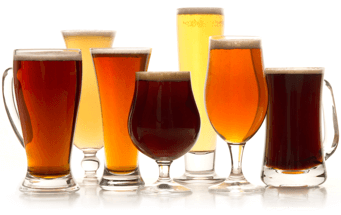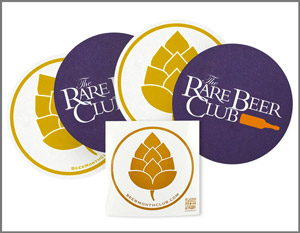Kulmbacher Brauerei - Kulmbacher Eisbock
-
ABV:
9.20% -
Serving Temperature:
55-60° F
It’s tough to believe, but this beer actually disappeared for a while upon the consolidation of Kulmbach’s EKU and Kulmbacher breweries in 1996. Thankfully, the new Kulmbacher realized the error of their ways and elected to bring it back. This is the original Bavarian Eisbock, as celebrated today as it was when it first rose to popularity. How popular you ask? Well, there is actually an Eisbock festival each year in Kulmbach in late March, celebrating the style. On the last Saturday of the month, at about 7 o’clock in the evening, the festivity commences with the ceremonial hacking open of an ice-encrusted wooden cask. The 10% ABV beer that is contained therein is very complex, with a deep, reddish-brown color, malty aroma and a smooth palate. The Kulmbacher Eisbock, which used to carry the subtitle “Bayrisch G’frorns” (meaning “Bavarian Frozen”), is made from five robust malts. It is essentially a bottled version of the festival brew just described. Upon pouring, you’ll find a big, coffee-colored head atop a black colored brew with garnet highlights. Faint flowery hops are detectable, with chocolate and coffee making up the bulk of the aroma, along with notes of plum, figs and nuts. We found it to be medium-bodied and exceptionally enjoyable, which is all the more impressive considering its high ABV; this is the type of beer that can easily sneak up on the drinker, so drink wisely. A great beer to enjoy with a book at bedtime, and one that will age gracefully, should you decide to let it age for another winter.

Unmatched Variety by style, brewery & country
Choose from Five different Beer Clubs offering unmatched variety by brewery,
country of origin, and beer style to suit your specific tastes.


